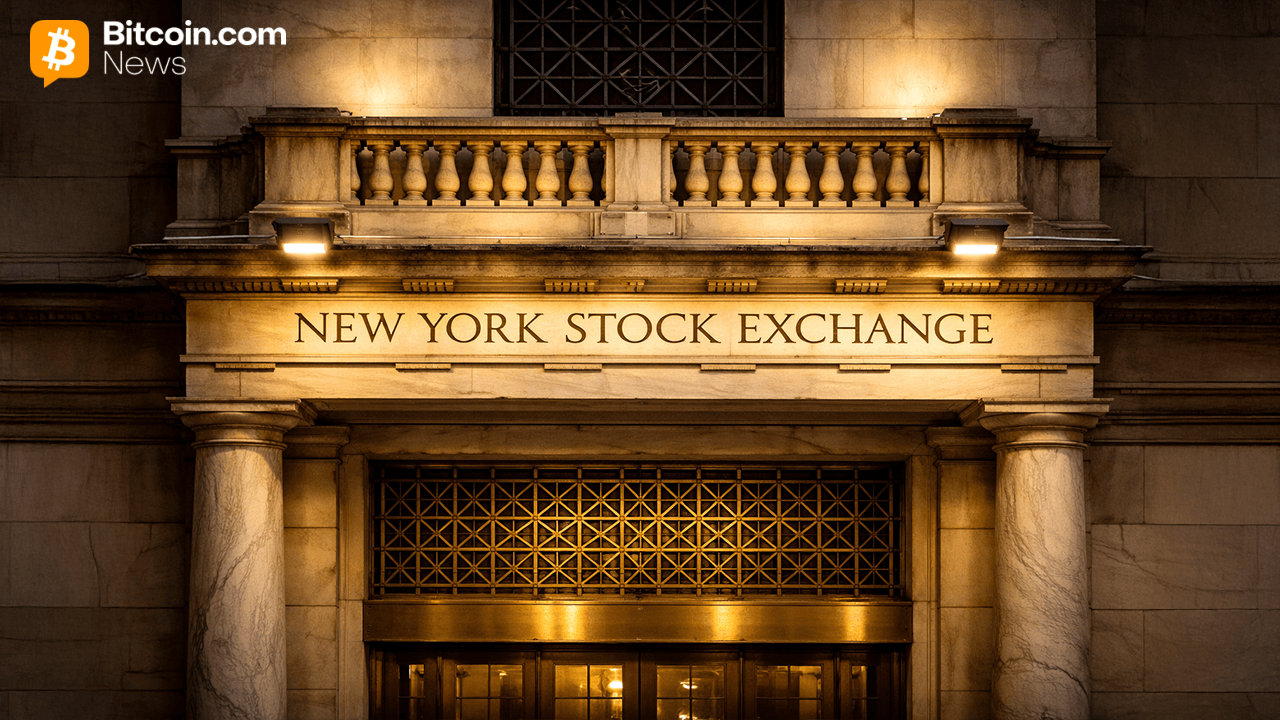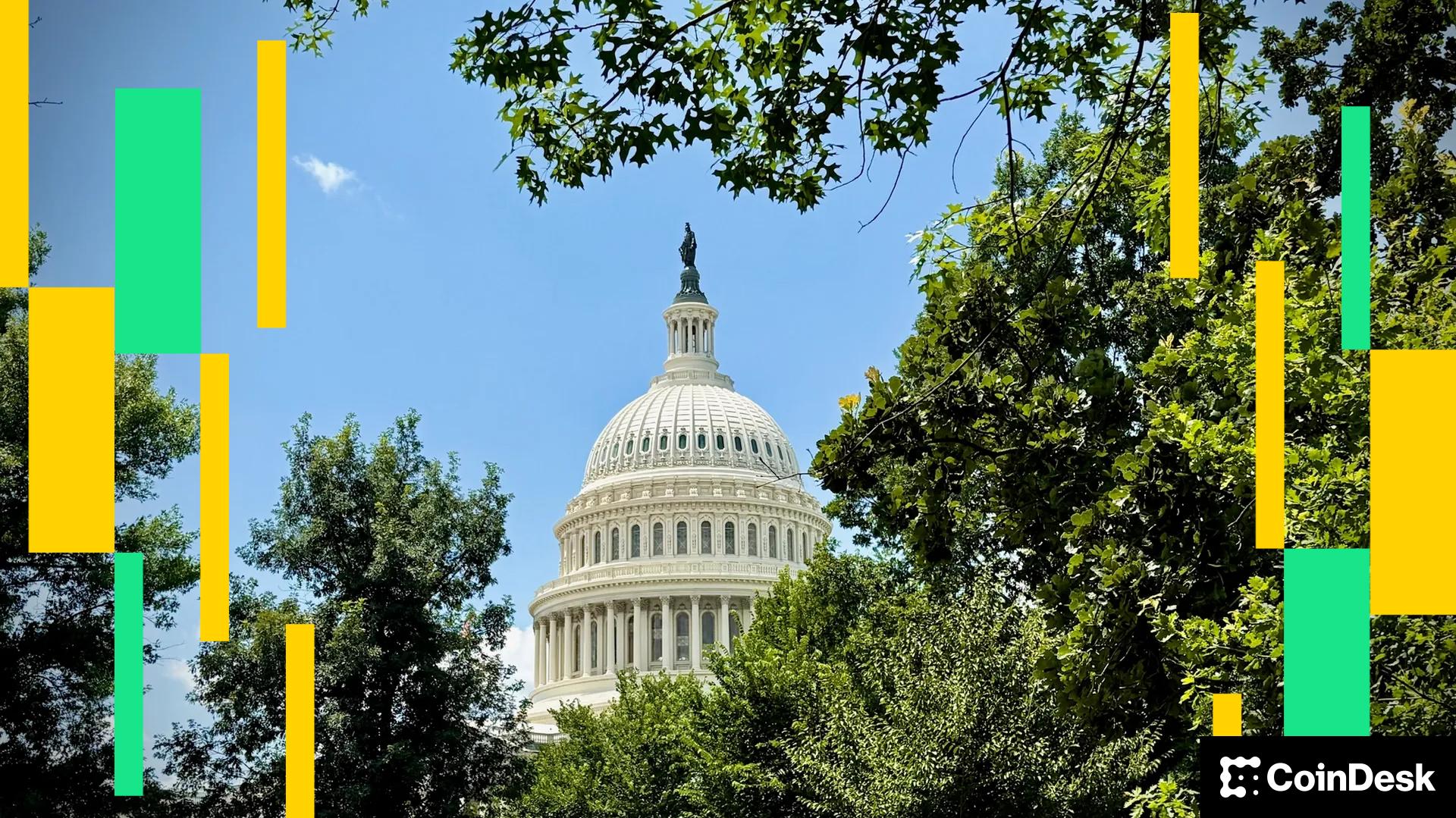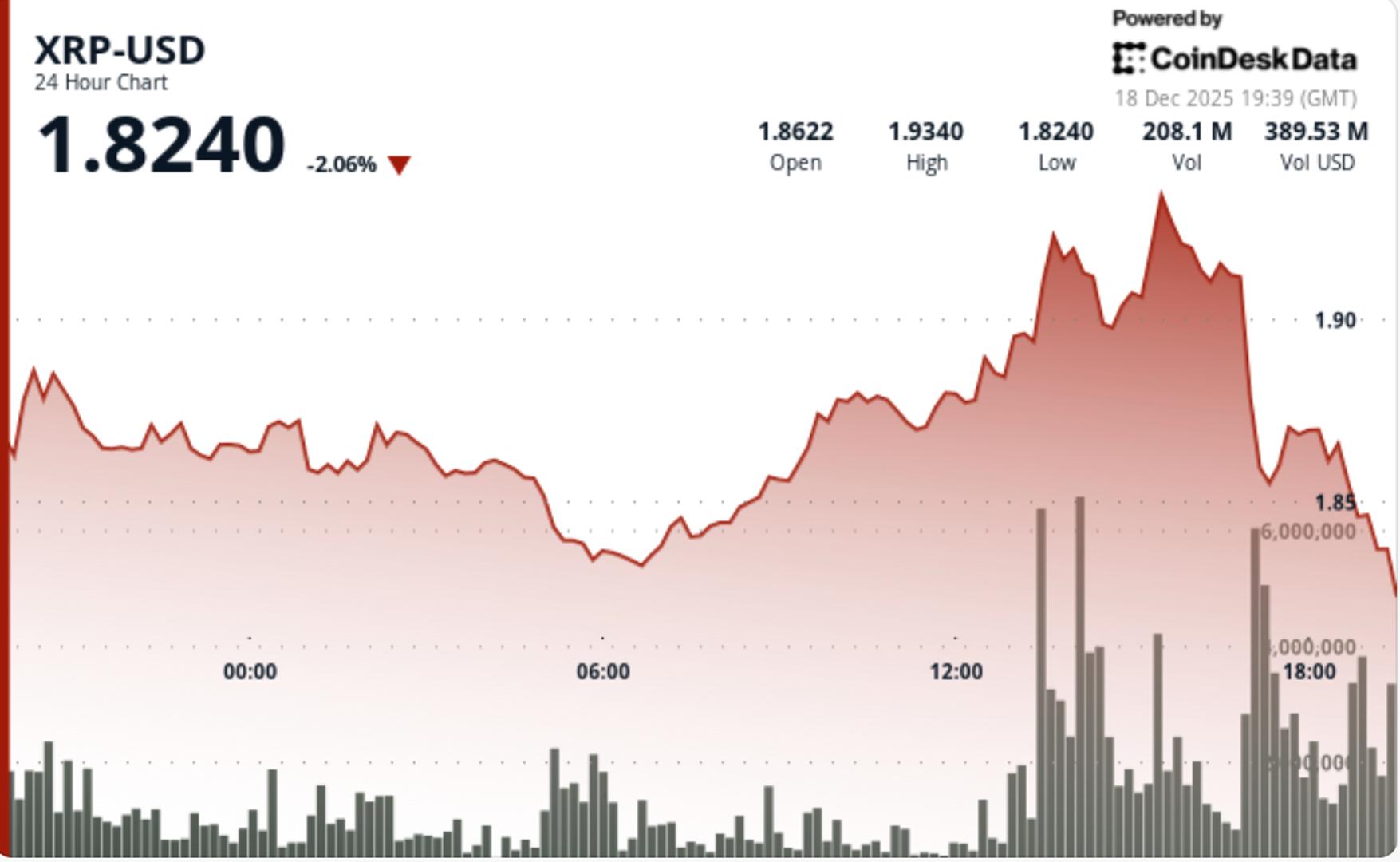Visa Embraces Stablecoins: What It Means for RLUSD and Setllar PYUSD AllinCrypto October 1, 2025
At Sibos 2025, Visa announced a new pilot that could reshape the way global money moves by adopting stablecoins on a large scale.
Through its Visa Direct platform, Visa is set to allow businesses to pre-fund cross-border transactions with stablecoins instead of fiat currency.
This validates stablecoins as a settlement layer for traditional financial institutions, opening the door for regulated stablecoins like Ripple’s RLUSD and PayPal’s PYUSD on Stellar to play a larger role in powering next-generation payment rails.
Visa’s Stablecoins Pilot with USDC x EURC
Visa aims to reduce friction, free up extra liquidity, and modernize treasury operations for real-time payments. USDC and EURC, two of Circle’s issued stablecoins, will be utilized by Visa.

Usually, cross-border payments require businesses to hold fiat in advance, locking up their capital for certain amounts of time, which can be inefficient. Visa’s pilot flips the model by allowing stablecoins to serve as prefunding assets.
Once businesses deposit stablecoins into Visa Direct, balances are then treated as real money available for payouts anywhere around the world.
The benefits of stablecoin adoption by Visa allow funds to move faster and treasury operations to become more dynamic, with stablecoins also able to reduce exposure to local currency volatility.

Recipients are able to receive fiat in their accounts, but the underlying funding becomes faster and cheaper thanks to stablecoins. The benefits are clear.
Why Ripple’s RLUSD Could Benefit
Ripple has positioned itself as a bridge for institutional payments. The RUSD stablecoin is designed with compliance, liquidity, and global usage in mind, features that align with Visa’s model.
If Visa decides to expand its stablecoin integration beyond a pilot with USDC and EURC, RLUSD could become a natural fit for banks and remittance providers seeking a regulated, enterprise-grade token.
Ripple’s existing partnerships with banks and payment providers further strengthen this, making it a reality. With Ripple already trusted by institutions worldwide, pairing its infrastructure with RLUSD can easily be done.
How PYUSD on Stellar Could Benefit
PayPal’s PYUSD, launched on Stellar, is another stablecoin that could find opportunities at Visa. Stellar was designed for payments, with low fees, fast settlements, and a focus on financial inclusion.
If Visa Direct integrates PYUSD, it could provide PayPal’s token with massive utility beyond consumer wallets, moving the stablecoin into institutional liquidity.
By leveraging Stellar’s efficiency, PYUSD can offer Visa’s institutional clients a stable, cost-effective way to fund payouts. This would not only enhance PYUSD adoption but also showcase Stellar’s abilities in global finance, boosting Stellar’s PYUSD issuance.
A Big Picture for Stablecoins in Finance
Visa’s pilot proves that stablecoins are evolving from crypto-native tools into mainstream financial infrastructure utilized by banks and governments.
There is now an environment where regulated stablecoins can plug directly into traditional rails, gaining legitimacy and adoption at scale for host networks such as the XRP Ledger and Stellar where stablecoins are issued.
As Visa aims to bring the pilot into limited availability by April 2026. In 2026, stablecoins that meet compliance requirements and demonstrate institutional-grade liquidity capabilities, like RLUSD and PYUSD, can become key to fuelling a new, stablecoin-dominated payment system.
The post Visa Embraces Stablecoins: What It Means for RLUSD and Setllar PYUSD first appeared on AllinCrypto.






